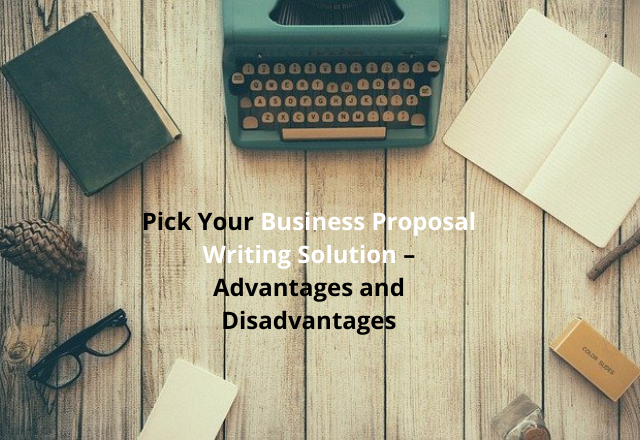In any B2B market, the exchange of RFPs and RFP Responses is a common thread. However, there is an ocean of a difference between writing RFP responses and writing RFP responses that win. Either way, it takes a lot of effort, time, and cost to write successful business proposals.
While writing RFP responses, there are ways to reduce effort, time, and cost even as we increase business proposal conversion rates significantly. Here are a few ways and means to improve business conversion rates which can be realistically implemented in your organization while writing RFP responses.
Focussing Where it Matters
This is the single most important way to improve your business proposal conversion rate. It is important to snatch the low-hanging fruit with as much force as possible before stretching for what you cannot reach. This will allow you to follow a ‘bid to win’ strategy rather than a ‘bid to compete’ strategy. The key benefit here is that it gives you an incredible amount of time back to your proposal writers when they are writing the RFP responses- enabling you to polish and refine these proposals more than anything else. An opportunity management software which can filter these out helps you in many ways.
Defining the Proposal Strategy
The most important composite when it comes to writing RFP responses is defining the strategy. You need to have structural ideas to questions like:
- Do we have a verifiable understanding of the customer?
- Do we have a win theme? How will we implement it throughout when we are responding?
- What are our differentiators? (qualities that make us different from the competition)?
- What are our discriminators? (qualities that make us different and which the customer needs)
What are our weaknesses and how will we overcome them?
These questions go a long way to help proposal writers develop solid ideas when writing RFP responses. It is important that this information is captured during the capture management phase and passed on during other phases.
Improving Proposal Processes
How do you balance efficiency and effectiveness? Efficiency in a proposal’s process caters to the speed at which things get done, while effectiveness deals with how well things get done. It is very hard to balance the two. The activities involved from the time an RFP is released include-but are not limited to- RFP decoding, writing RFP responses, gathering supporting documentation, gathering internal approvals, arriving at pricing- and sending the RFP response to the customer.
Although responding to a proposal is called proposal management- it is quite akin to project management. With stringent deadlines to be met, writing RFP responses must be efficient and effective. We need to come out of the rut of using email to collaborate for these purposes and move towards proposal management workflow tools and content management tools. It would be best for the proposal management tool, the workflow tool and the content management tool to all be a singular software than having to find them as distinct software that again need APIs to connect.
Automating Proposal Processes
Another wonderful way to save time, cost and effort while writing RFP responses is to invest into a software that suits your requirements. While you may think that Microsoft Teams and Excel sheets are doing enough, you might want to think again. Proposal management is often so complex that there are plenty of automation capabilities and ideas out there if you are willing to explore them.
The end objective here is to save you time, cost and effort so that you can invest it into proposal strategy- because that is what wins business for you. Right now, 80% of your time may be going into a tug-of-war game between different proposal contributors and the processes involved while they are all writing RFP responses. And only 20% of time is spent in developing valuable strategy. Automation changes that equation. You spend 20% time in the tug-of-war, and 80% time developing a leak-proof, compliant, persuasive proposal.
Automation is here to stay, and more and more organizations are moving towards it- will help organizations propel forward while writing RFP responses.
Also, Read -



1 Comments
Kudos for sharing it. Visit to Dynamic Netsoft Technologies site for Bid Management System
ReplyDelete